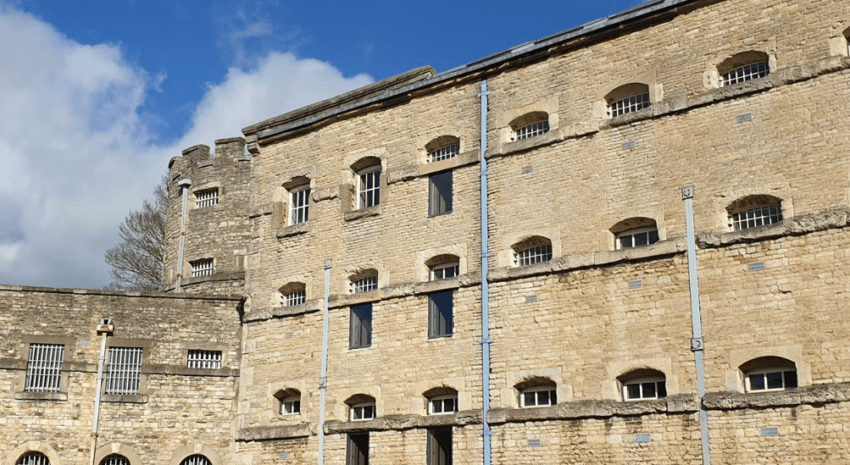In central Oxford, hemmed in by 60s Bauhaus installations and chain restaurants, sits almost a thousand years of history, beautifully preserved and, at times, wonderfully disturbing. Oxford Castle (and latterly prison) is still an incredible building, despite part of it having been revamped into a hotel. Apparently the attraction of staying in a prison, didn’t die out with the Victorian poor.
Category: Days Out
The Usual Haunts – An Overnight (Para)normal Experience at Bodmin Prison
Since its inauguration in 1779, it has served as a prison, a secret hideaway for the crown jewels in WWII, a casino, a strip club and will latterly become a hotel. Bodmin Jail was both prison and execution site and thousands of people, over the years, bore witness to the final moments of society’s most maligned.
Our visit to Dartmoor Prison Museum
Nestled in the bosom of a misty set of hills, Dartmoor Prison with its circular sides has been in use since the Napoleonic wars. French, American and English prisoners have walked through its gates and not all have left through that self-same portal, at least not upright.
The Sharp End of The Law – Our Visit to The Spike in Guildford
Hidden up a hill, close to the station, the Spike is what’s left of the casual ward for the Guildford Union Workhouse. The Workhouse was completed in 1838 as a response to the changes in the poor law. The Poor Law of 1834 legislated that no persons could receive poor relief or money from authorities except in a workhouse.
A Walk on the Wild (West) Side – Outlaws and Lawmen of Brookwood Cemetery
Deeper into the cemetery, our guide took us to the grave of George Clarke who was one of only eight plain clothes police officers at Scotland Yard in 1842. Clarke was an experienced officer and would go to the ends of the earth (quite literally in one case) to arrest a suspect. In a career spanning over 40 years, Clarke was involved in the first railway murder, the Plaistow Marshes Murder and investigations into the Fenians
Blood, guts and gore-tex – Our trip to Hastings’ premier True Crime Museum
In the first room, there was a history of forensics and crime. From the Ripper to the forensic officer’s repertoire, we were treated to a timeline of events which helped shape our society, and its criminal custodians. Next to it, an interactive room where prospective investigators could test their skills.
Rediscovering the ineffable – Our visit to Brookwood Cemetery
The Victorians had a fondness for death or, rather, a reverence for and the commemoration of, the deceased. A fact that is hardly surprising given the mortality rates. In 1850, 1 in every 200 births resulted in the death of the mother and even infant mortality was 165 deaths per 1,000.
